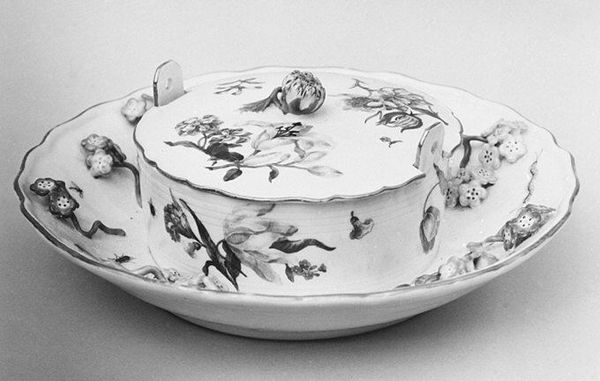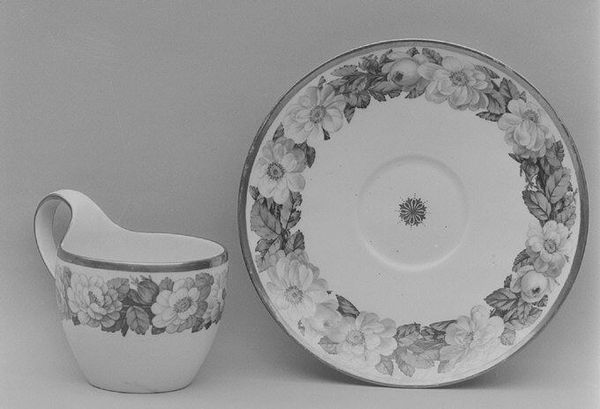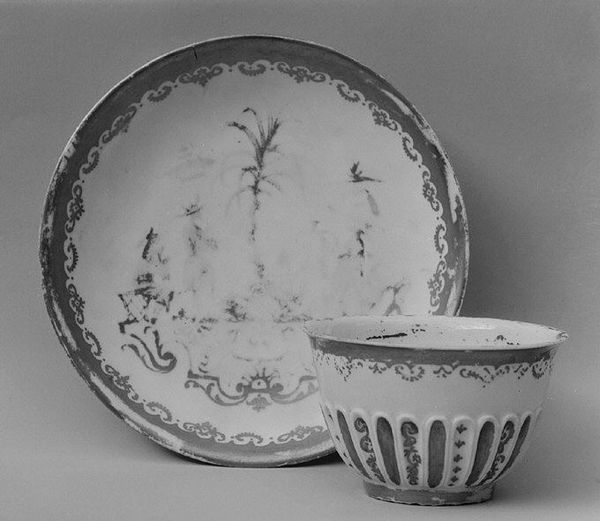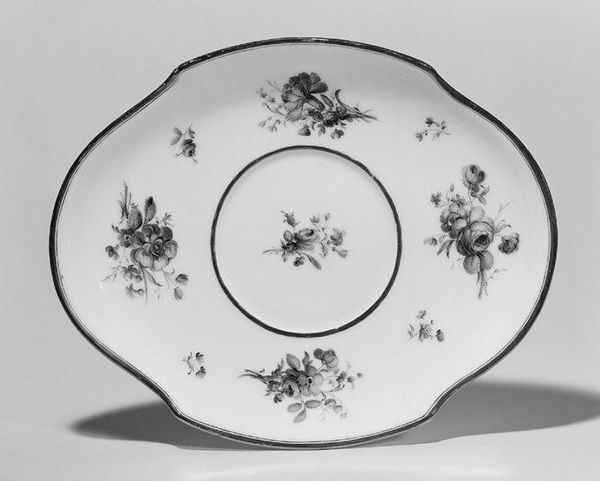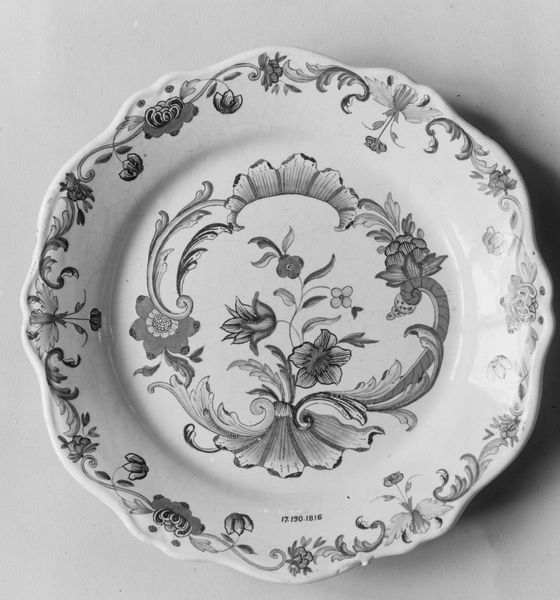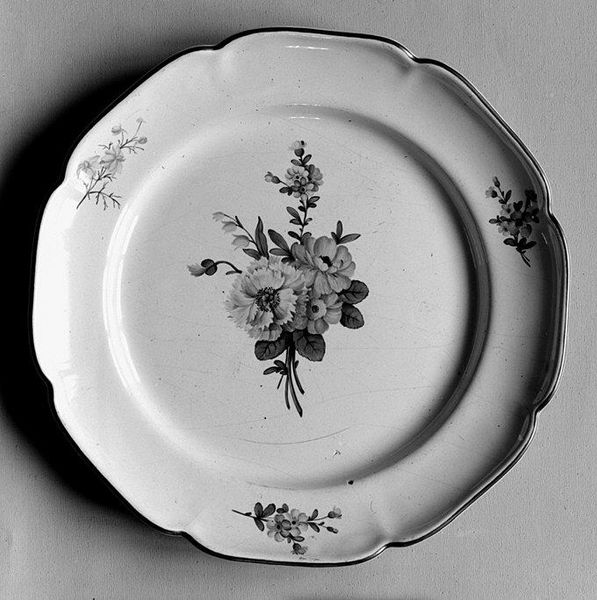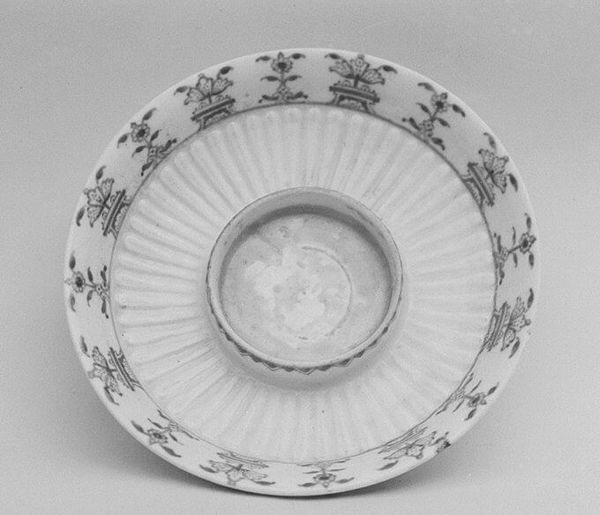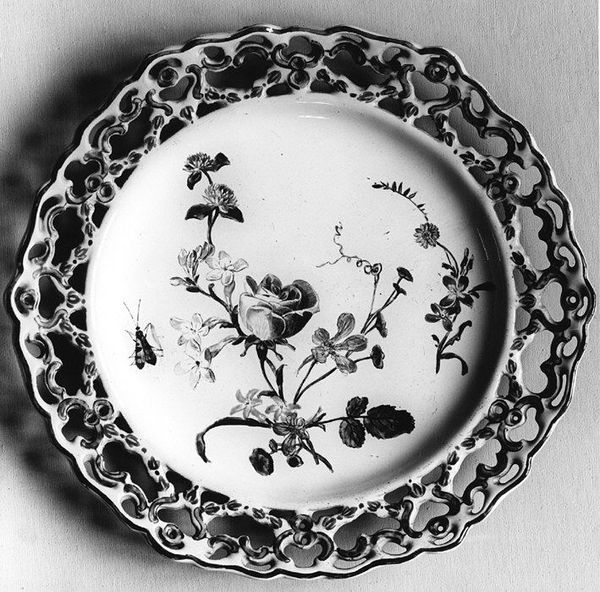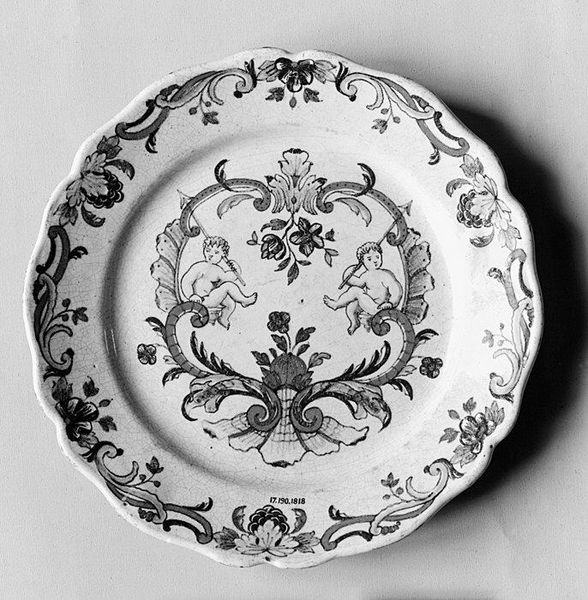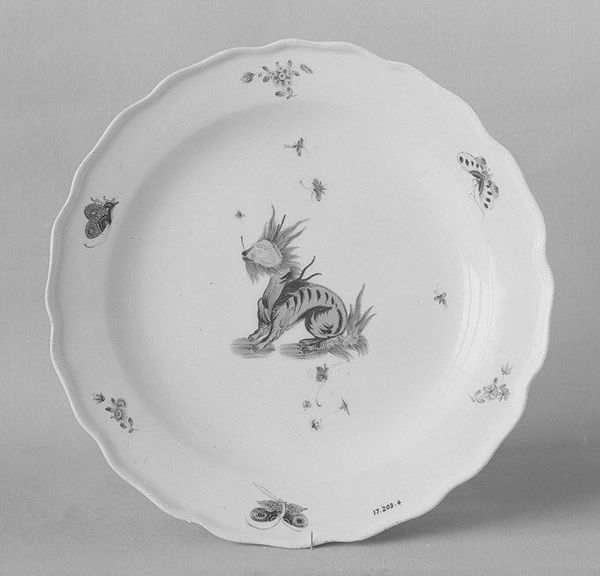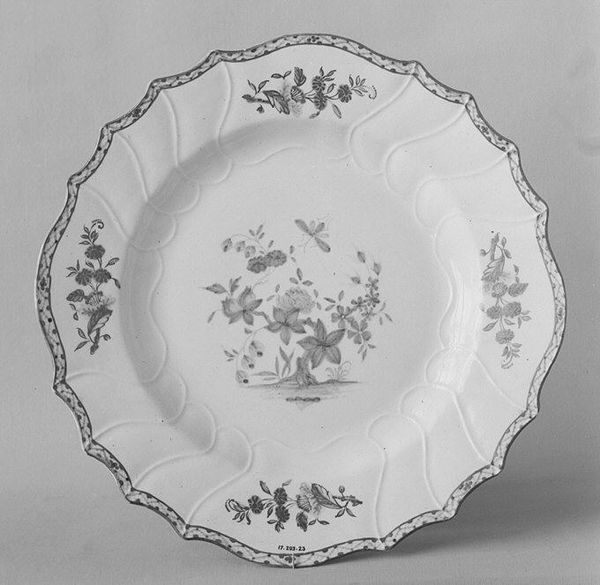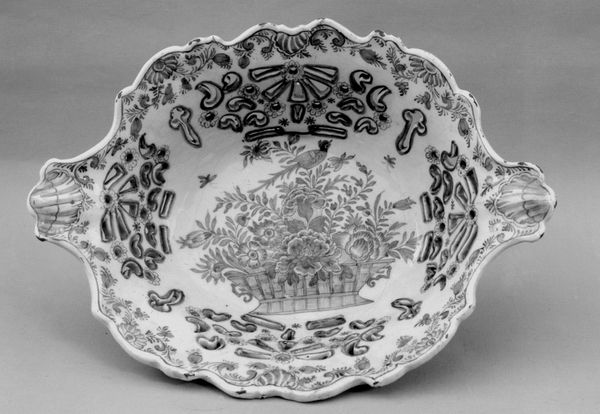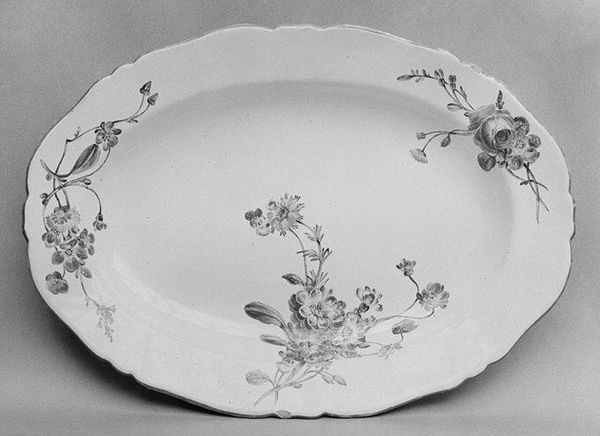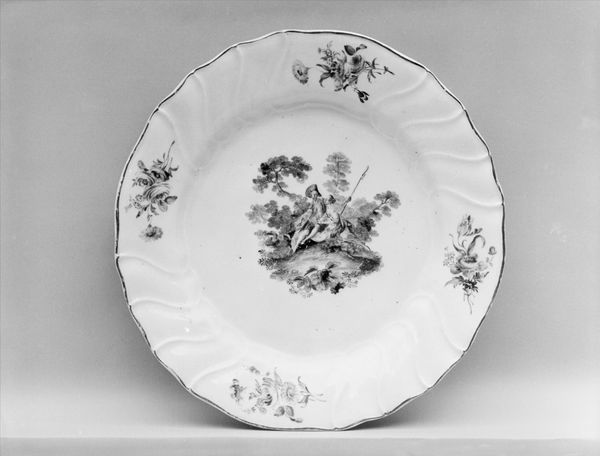
ceramic, porcelain, sculpture
#
ceramic
#
porcelain
#
sculpture
#
decorative-art
#
rococo
Dimensions: 4 1/8 × 7 in. (10.5 × 17.8 cm)
Copyright: Public Domain
Curator: The Meissen Manufactory "Teapot", crafted between 1740 and 1750, is currently located at the Metropolitan Museum of Art. What strikes you most about this piece? Editor: Well, immediately, the delicate floral relief is quite prominent. There's a certain tactile quality that begs to be examined closely, a subtle grace to the stark white of the porcelain. Curator: Absolutely, and understanding Meissen, we must look at how it shifted the geography of porcelain production. They effectively industrialized the creation of these ceramic objects for an emerging consumer culture, which is far more compelling than mere 'decoration'. Editor: True, but the purely visual qualities cannot be ignored. The asymmetry of the floral arrangement creates visual movement and how it contrasts against the solid form of the pot. It has almost organic vitality. Curator: Yes, and you can't detach this stylistic innovation from the social and political aspects. The creation of porcelain itself, once an exclusively Eastern preserve, now became tied to European ingenuity, to artisanal skill, and colonial ambition via the search for 'white gold.' Editor: Perhaps. The floral details might be reflecting some of this new ambition. We see similar botanical imagery being adopted and popularized throughout the other European courts at that moment, signaling wealth, worldliness and power. Curator: Precisely. These Rococo objects were often made using specialized labor and distributed as symbols of refinement and aristocratic privilege and consumption. They represent access to far-flung raw materials, and an entire social stratum. Editor: A point well taken. I still maintain, that viewing the design allows us access to appreciate not just it's beauty, but also it's intent. Curator: Agreed, that both material history and design converge into social reflection of a specific cultural moment, Editor: It provides another layer of understanding. I found it particularly moving considering design decisions while acknowledging our awareness of their original cultural intent.
Comments
No comments
Be the first to comment and join the conversation on the ultimate creative platform.
